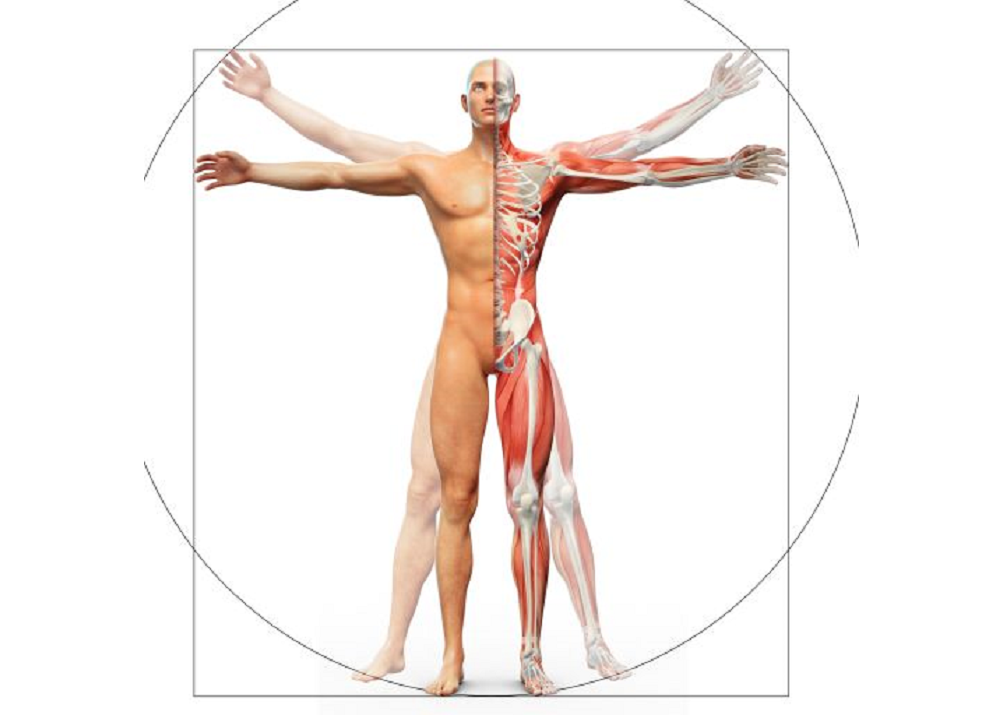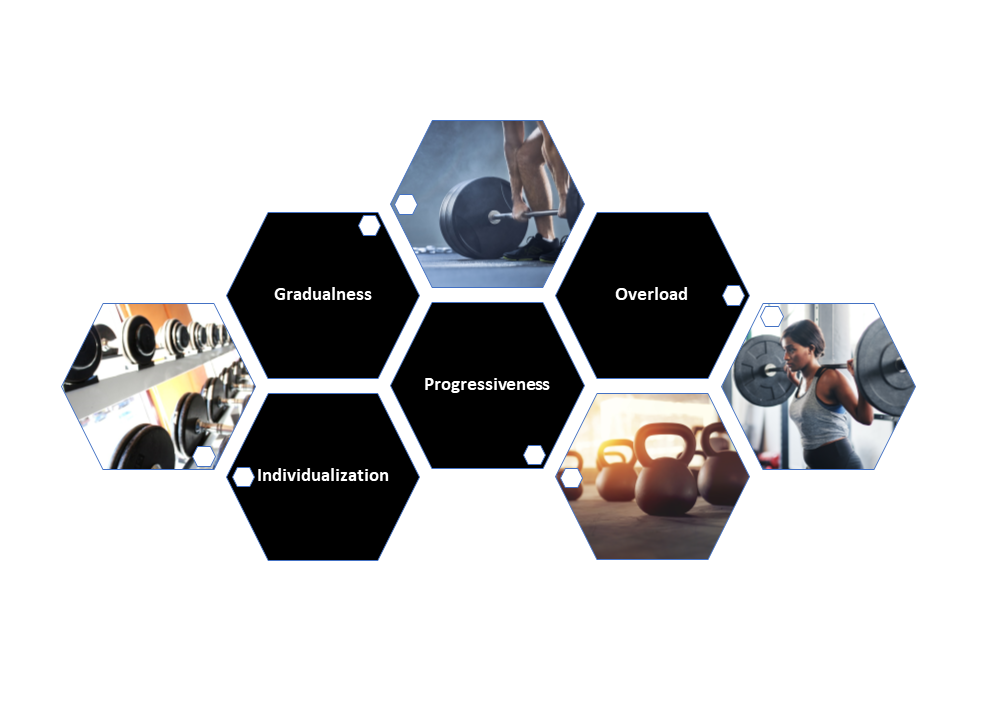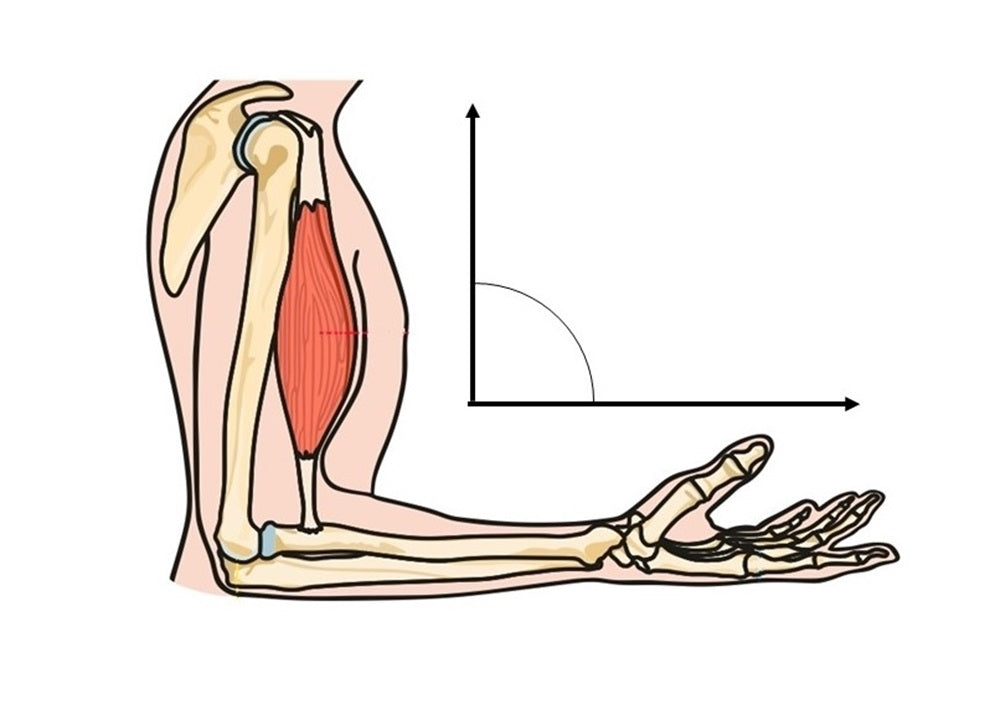Introduction:
The study of human movement is a multifaceted journey, and at its core lie two pivotal disciplines: biomechanics and kinesiology. In this blog post, we embark on a comprehensive exploration, dissecting the distinctions between biomechanics and kinesiology to illuminate their unique contributions and applications in understanding the complexities of the human body in motion.
Biomechanics Defined:
-
Focus on Mechanics: Biomechanics is the branch of science that delves into the mechanical aspects of movement. It scrutinizes how forces interact with the body's structure, emphasizing the physics of motion and the impact of external forces on anatomical components.
-
Engineering Perspective: Drawing from an engineering perspective, biomechanics seeks to analyze and quantify movement. It employs principles such as Newton's laws of motion to understand the mechanical dynamics of joints, muscles, and bones during various activities.
Kinesiology Defined:
-
Study of Human Movement: Kinesiology, on the other hand, is a broader field encompassing the study of human movement as a whole. It integrates aspects of anatomy, physiology, psychology, and biomechanics to provide a holistic understanding of how the body moves and functions.
-
Application in Exercise Science: Kinesiology finds extensive application in exercise science, sports medicine, and rehabilitation. It explores not only the mechanical aspects of movement but also the physiological responses, psychological factors, and the impact of exercise on overall well-being.
Distinguishing Between the Two:
-
Scope of Study: Biomechanics zooms in on the mechanical intricacies of movement, focusing on forces, torques, and the mechanical properties of tissues. In contrast, kinesiology widens its scope to encompass a comprehensive study of human movement, including the integration of multiple disciplines.
-
Practical Applications: Biomechanics is often applied in fields like sports performance optimization, ergonomics, and injury prevention, where a detailed understanding of mechanical aspects is critical. Kinesiology, with its holistic approach, is widely employed in areas like physical therapy, exercise prescription, and sports coaching.
Intersection and Collaboration:
-
Complementary Disciplines: While distinct, biomechanics and kinesiology intersect and complement each other. Biomechanics provides the mechanical foundation, while kinesiology integrates this knowledge into a broader context, considering the physiological, psychological, and sociocultural aspects of movement.
-
Enhancing Movement Understanding: Collaboration between biomechanics and kinesiology enhances our overall understanding of movement. By merging mechanical insights with a holistic perspective, researchers and practitioners can develop more effective strategies for injury prevention, performance enhancement, and rehabilitation.
Conclusion:
In the exploration of human movement, biomechanics and kinesiology stand as pillars of knowledge, each offering a unique lens through which to understand the intricacies of the body in motion. By appreciating the distinctions and recognizing their collaborative potential, researchers, educators, and health professionals can navigate the diverse dimensions of movement science, ultimately enriching our comprehension and application of this complex field.



